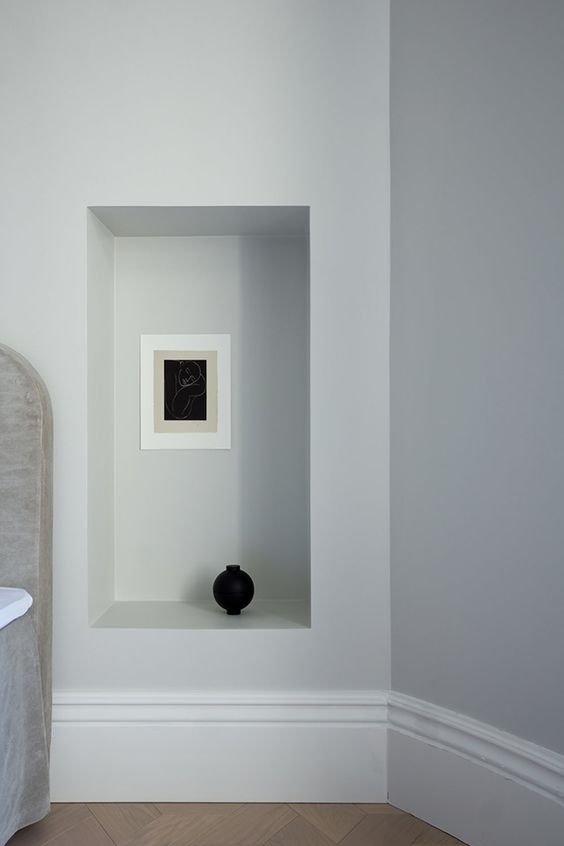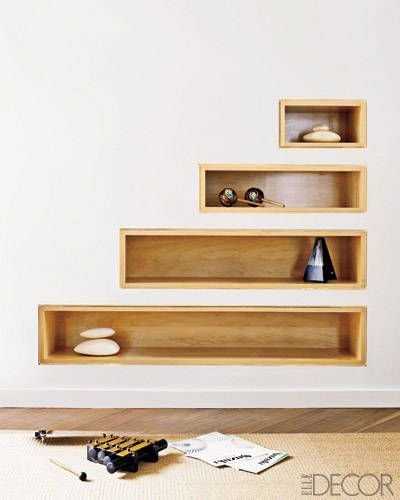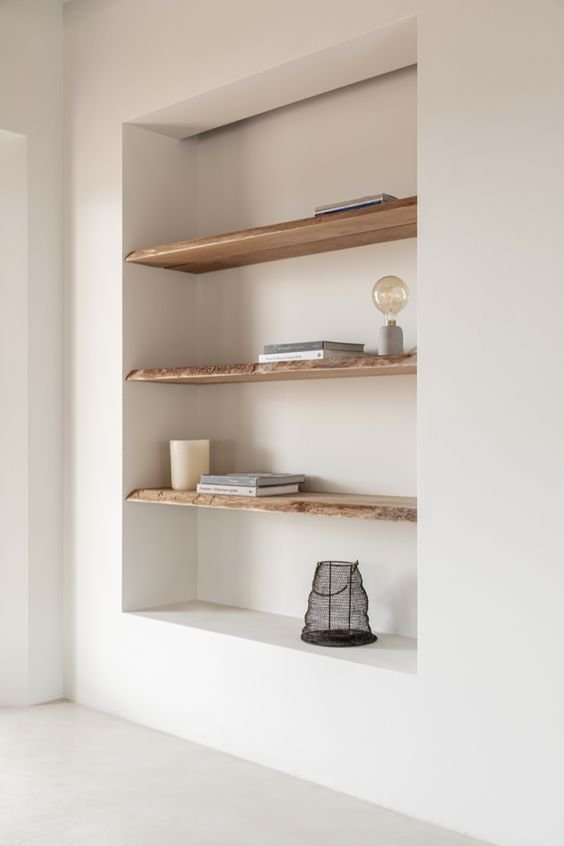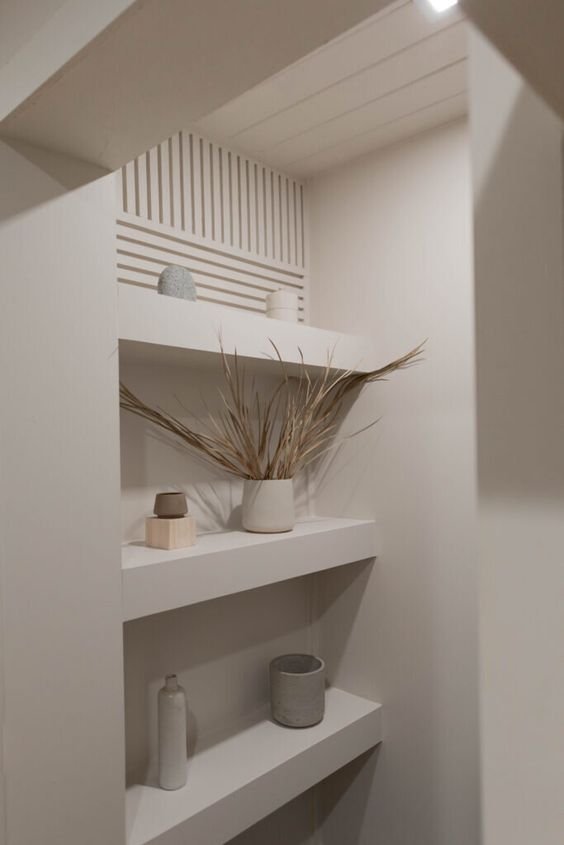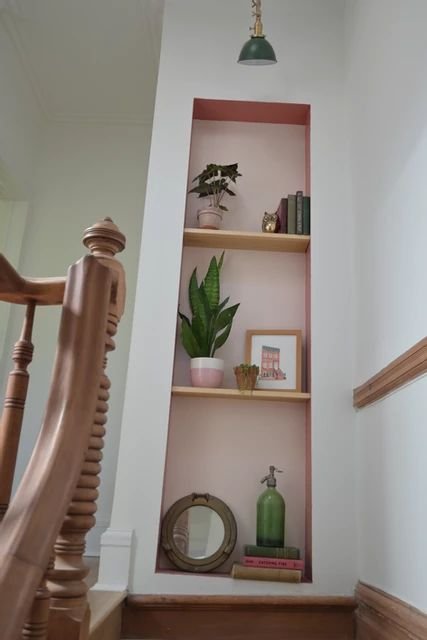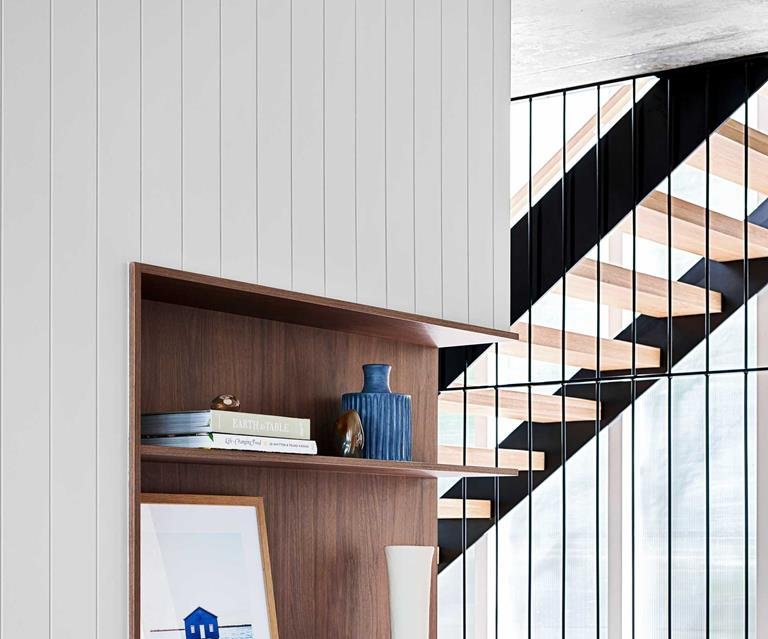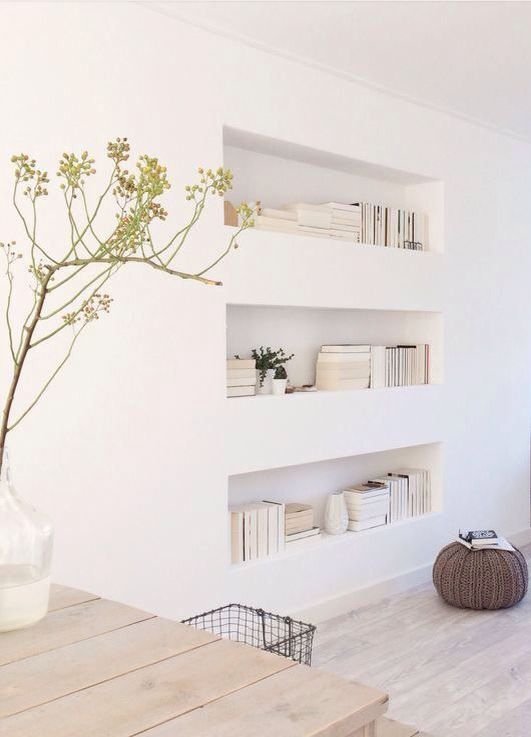Recessed Shelves in Walls: A Mid-Century Design Staple
I have always been drawn to the sleek lines and elegant simplicity of mid-century design. From the clean shapes of furniture to the use of natural materials, mid-century design offers a timeless aesthetic that continues to inspire architects and designers today.
One of the key elements of mid-century design is the use of built-in furniture and storage solutions, such as recessed shelves in walls. In this article, I will explore how recessed shelves became a staple of mid-century design and how they continue to influence contemporary architecture.
Recessed shelves are a hallmark of mid-century design, offering both functionality and visual appeal. By integrating storage into the walls, mid-century designers were able to maximize the use of space while maintaining a clean and uncluttered aesthetic. Recessed shelves can be used to display art, store books, or hold everyday items, making them a versatile design solution.
In addition to their functionality, recessed shelves also bring natural light into a room. By placing a shelf near a window, designers were able to create a space for plants or other objects that would benefit from natural light. This not only added a touch of nature to the room but also helped to improve indoor air quality.
At 33NEST, we draw inspiration from mid-century design and incorporate elements like recessed shelves into our contemporary designs. We believe that good design is timeless and that by honoring the principles of mid-century design, we can create spaces that are both beautiful and functional.
Whether used to display art, store books, or hold everyday items, recessed shelves offer a timeless and elegant design solution. By integrating storage into the walls, designers can maximize the use of space while maintaining a clean and uncluttered aesthetic. As the Principal Designer at 33NEST, I am constantly inspired by mid-century design and the innovative ways that designers of the past used recessed shelves to create beautiful and functional spaces.

